Search the Special Collections and Archives Portal
Search Results
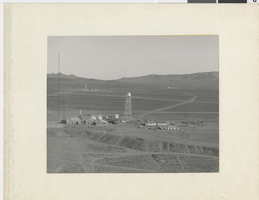
Photograph of an overview of the Nevada Test site in Nevada, circa 1960
Date
Archival Collection
Description
Image
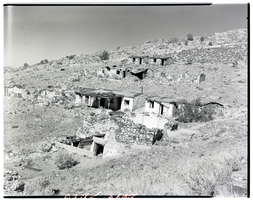
Film transparency of a ghost town, Delamar, Nevada, 1956
Date
Archival Collection
Description
Image
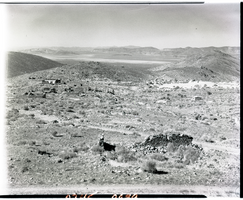
Film transparency of a ghost town, Delamar, Nevada, 1956
Date
Archival Collection
Description
Image

Film transparency of a ghost town, Delamar, Nevada, 1956
Date
Archival Collection
Description
Image
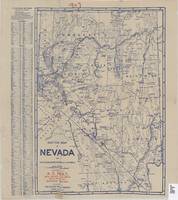
Sketch map of Nevada and the southeastern portion of California, 1906
Date
Description
Image
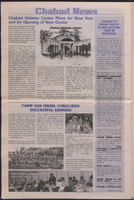
Chabad Times newspaper of Chabad of Southern Nevada, 2003-2004
Date
Archival Collection
Description
Issues of Chabad Times, a publication of Chabad of Southern Nevada for the years 2003 and 2004. The newspaper includes local interest stories, advertisements, and advice columns.
Text
Conference leaders confer with Pat Little over election results: Pat Little; Ida Crockett, Election Chairman; Jean Ford, Conference Chair; Gerridee Wheeler, International Women's Year (IWY) Reprehensive; and Frances Test, Parliamentarian, 1977 June 19
Level of Description
Archival Collection
Collection Name: Nevada Women’s Conference Photograph Collection
Box/Folder: Folder 01
Archival Component
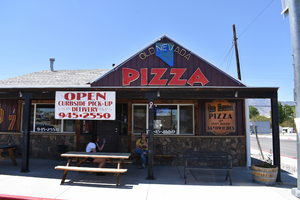
Old Nevada Pizza wall mounted signs, Hawthorne, Nevada
Date
Archival Collection
Description
The wall mounted signs for Old Nevada Pizza during the day.
497 E St, Hawthorne, NV 89415
Old Nevada Pizza
Image
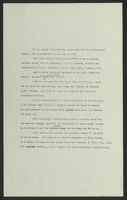
University of Nevada, Las Vegas law school: questionnaire, press releases, meeting minutes, newspaper clippings
Date
Archival Collection
Description
Folder contains: law school questionnaire and responses, 1973; press release about a statewide advisory board charged with developing preliminary plans for a law school at UNLV, June 20, 1973; Minutes of the Joint Senate-Assembly Education Committee Meeting for a Law School, March 16, 1973; press releases about donations; notes; and newspaper clippings. From the University of Nevada, Las Vegas William S. Boyd School of Law Records (UA-00048).
Text
Nevada State Prison, Parole, and Probation Reports
Identifier
Abstract
The Nevada State Prison, Parole, and Probation Reports (1901-1988) contains reports about the Nevada State Prison system and the Nevada Department of Parole and Probation.
Archival Collection
